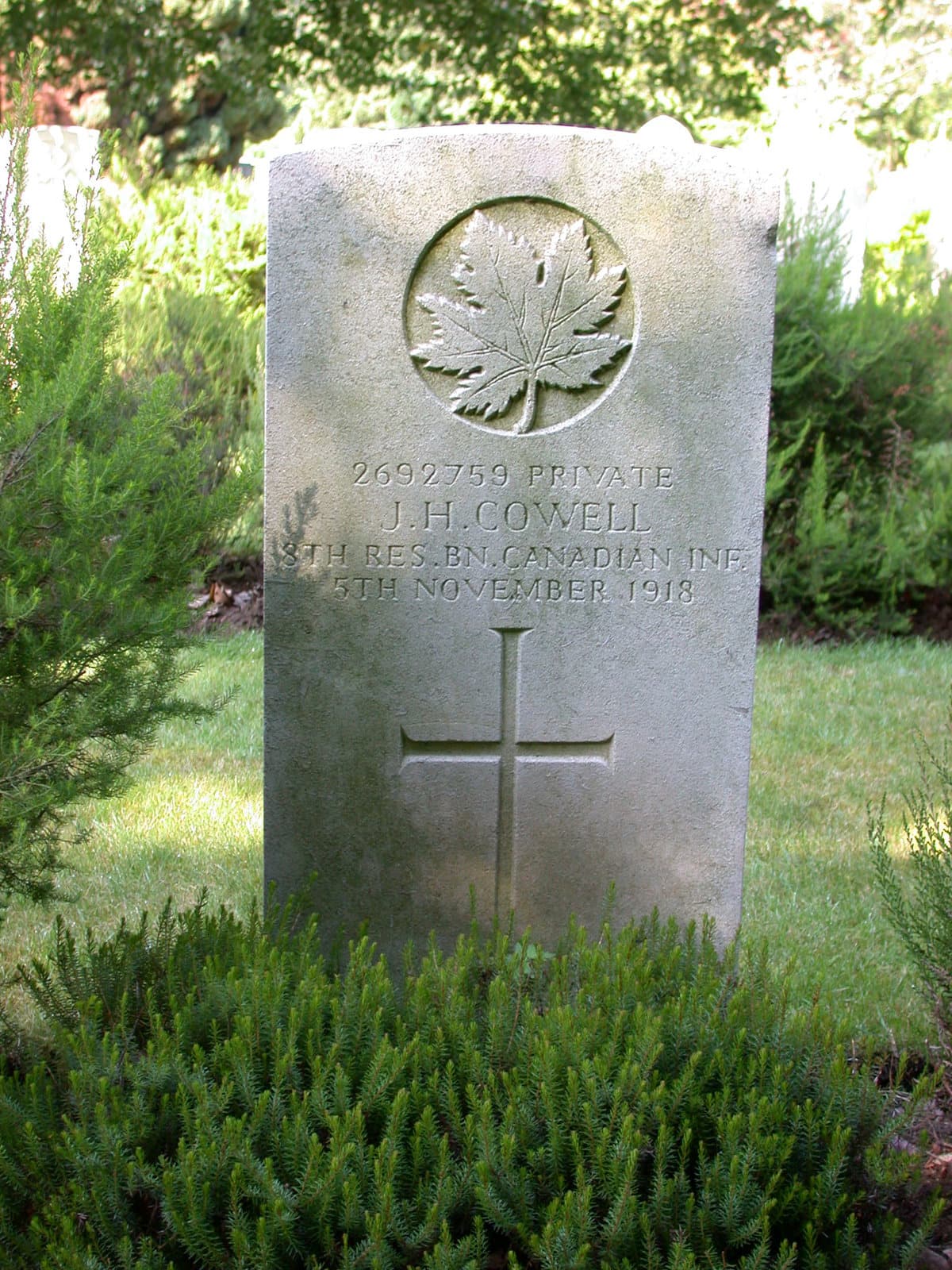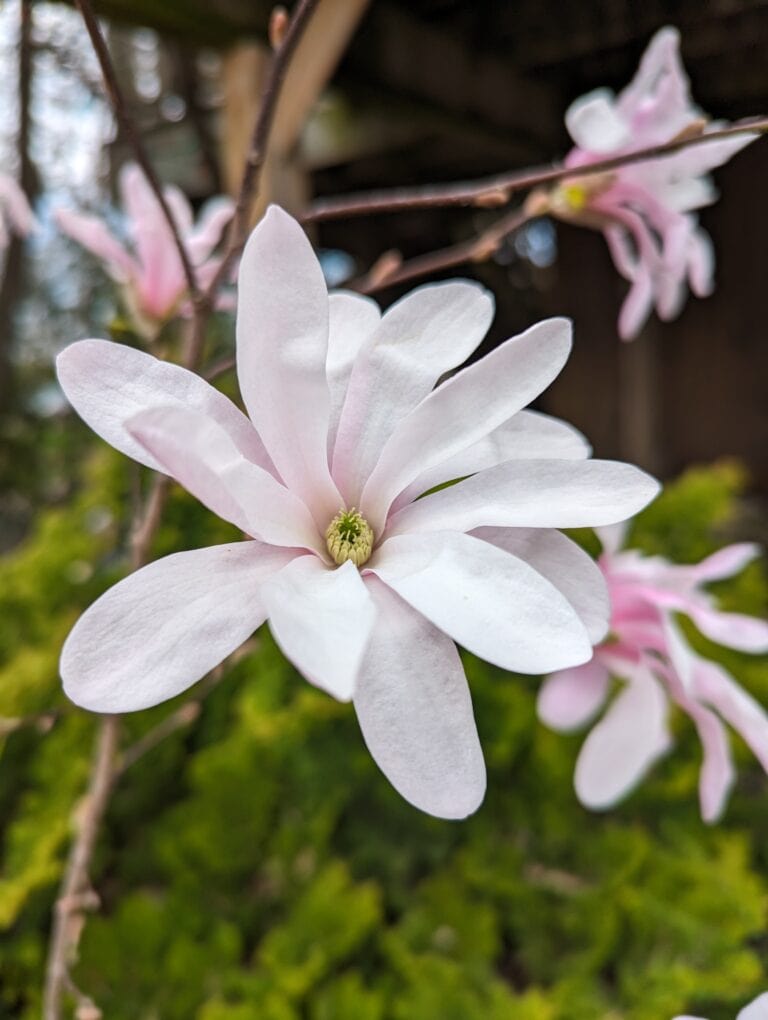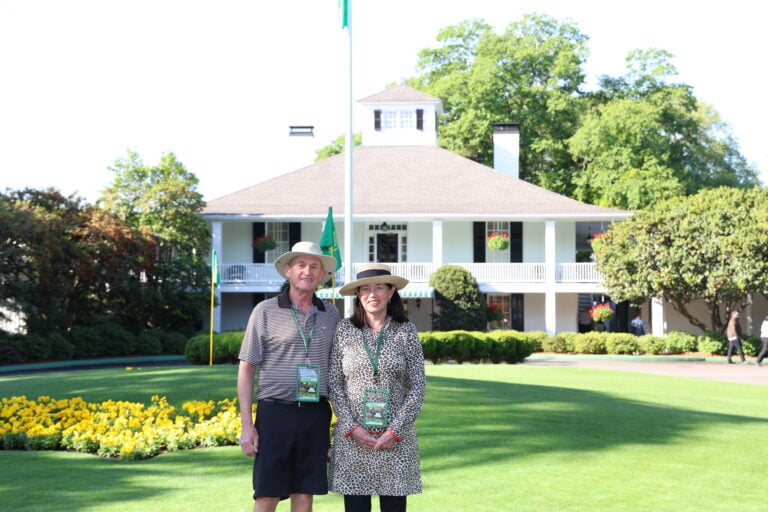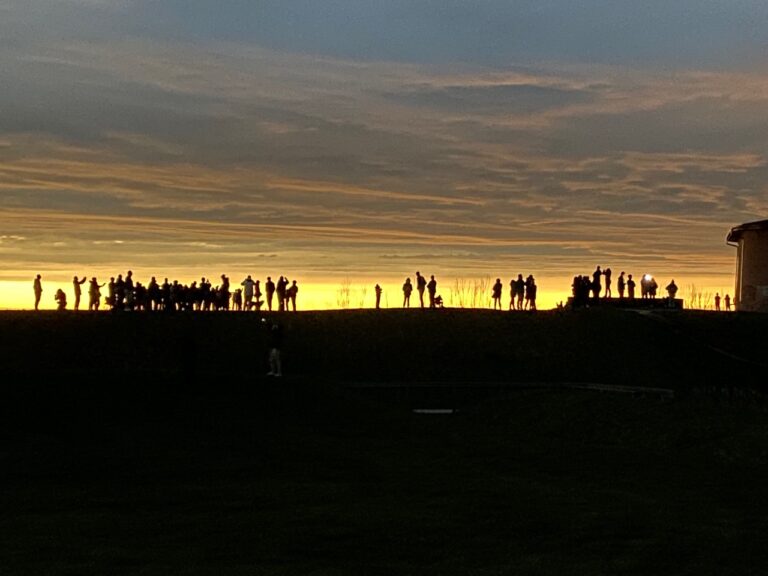It’s been a century since Niagara-on-the-Lake’s iconic clock tower cenotaph was erected. Then, in 1926, the Township of Niagara unveiled its own memorial in Queenston. In recognition of those who fought and died in two world wars and beyond, NOTL historian Ron Dale has been researching the stories of the people – all men – whose names are engraved on the two cenotaphs. This is one in a series of stories documenting and remembering the sacrifices of those commemorated on the municipal memorial in Queenston.
Ron Dale
Special to The Lake Report
Two of the 20 men commemorated on the cenotaph at Queenston present an historian with quite a challenge.
Brothers Henry Cowl and Alfred Cowl are listed among those who died in the First World War.
But in researching the records of the Canadian Expeditionary Force soldiers during the war, there are only two Cowls listed, Thomas and George.
There is one entry for Harry Philip Cowle and for Alfred Cyril Cowle but neither seems to have had any connection to the Niagara region. So, the men listed on the monument in Queenston remained a bit of a mystery.
It turns out, that the surname of the Cowell family was frequently spelled phonetically, rendering it as Cowell, Cowl and Cowle.
We find the family in Grimsby in 1891 as Cowl and in Louth Township in 1901 as Cowle, but the name Cowell was used in marriage, birth and death records for the family.
Henry and Albert “Cowl” were indeed brothers and their vital records are recorded under the surname Cowell.
Frank Cowell and his wife Annie Hill were married in Grimsby in 1889 and moved to the McNab area in 1895. Two of their three sons, John Henry and Albert, were born in Grimsby while youngest son Norman was born in St. Catharines.
When the First World War began in 1914, the Cowell men did not volunteer for active service in the Canadian Expeditionary Force, but would all eventually sign on with the part-time Welland Canal Force, to be called out from time to time.
It was realized that the Welland Canal could be vulnerable to sabotage by enemy agents. In response to that potential threat, the Welland Canal Force was formed.
Its task was to “guard and protect in absolute safety, by means of picquets, guards and patrols, all government property on or near the canal.”
Albert Emerson Cowell was born on March 14, 1893, and married Bertha Putman in St. Davids on Sept. 29, 1913. His youngest brother Norman married Bertha’s sister Mary on Jan. 1, 1918.
Albert and Bertha lived in Queenston and had three children, Henry born in 1915, Jean in 1916 and Grace on Sept. 15, 1918. Albert was listed as a farmer and soldier on his children’s birth records.
Unfortunately, tragedy seemed to follow the Cowells.
Daughter Jean died on Sept. 24, 1917. And her parents, Albert and Bertha, were victims of the Spanish influenza pandemic that killed more people worldwide than died in the entire First World War.
Bertha died of the flu on Oct. 10, 1918, and Albert succumbed two days later. Their daughter Grace died of other causes the following March. Only their son Henry survived and he died in Vineland in 1978.
The flu also took Albert’s brother, John Henry Cowell. He had been born on May 22, 1892, in Grimsby and became a painter by trade.
In October 1916, he enlisted in the Welland Canal Force and, like his brothers, was called out from time to time to help guard the canal and government infrastructure in Niagara.
The war had cost Canada many lives and there was a need for more men at the front. There was also a drop in voluntary enlistments.
As a result, Parliament passed the Military Service Act, which came into effect on Aug. 29, 1917. All men between the ages of 20 and 45 were liable to be conscripted for overseas service.
John Henry Cowell was drafted and joined the 1st Depot Battalion of the 2nd Central Ontario Regiment on July 1, 1918.
He was sent to Halifax and then shipped to England, landing on Sept. 16, 1918. He was transferred to the 8th Reserve Battalion.
There he developed a bad cough that persisted for more than three weeks. Finally, he was admitted to the army’s 12th Canadian General Hospital in Bramshott, East Hampshire, on Oct. 22.
He was diagnosed with Spanish influenza, ironically 10 days after his brother Albert in Queenston had died of the virus.
John Henry Cowell died on Nov. 5 and was buried in the St. Mary the Virgin Churchyard in Bramshott.
John Henry Cowell and his brother Albert Cowell are commemorated on the Queenston cenotaph under the names Henry and Albert Cowl.










